HOME > Basketball
Why did Wenban Yama choose to go to Shaolin Temple? Revealing the non-traditional growth philosophy of alliance new stars
8:34am, 2 August 2025【Basketball】

Translator's note: The original text was published in The Ringer. The data in the text were as of the time of publication (July 24 local time), and the date involved has been converted. The views in the article have nothing to do with the translator and the platform.
There are countless video clips about Shaolin Kung Fu master Shi Dejian practicing. On the edge of the cliff of Songshan Mountain in Henan Province, China, the master stood on the roof or stood on a rock stand that was only one step wide, making complex wave-like movements. He often smiles when he does this. "Kung Fu is not just about exercising the body," he once said, "it is also about controlling fear."
It is not difficult to imagine that Victor Vinban Yama would be attracted by such behavior, after all, this courage only comes from a profound self-discipline. Of course, Wenban Yama made headlines earlier this summer for his trip to Shaolin Temple: He performed a 10-day physical and mental practice at Shaolin Temple, where he obtained the introductory practice of the Shaolin Kung Fu system (this is arguably one of the most impressive feats he has ever accomplished, given his extraordinary figure and the limited time he spent in the temple).

"We were guided there to experience the life of a monk, a life that combines Buddhism and high-intensity kung fu practices," Wenban Yama said in an interview. "It was very hard. We discovered movements we had never done in our lifetime. We had to kick more than 1,000 legs a day, and jump, balance exercises, stretching. We used muscles that we rarely use and were overloaded very quickly. I experienced some of the most intense soreness in my life."
Kung fu is not just about exercising, it is about controlling fear. Wenban Yama was diagnosed with deep venous thrombosis in his right shoulder in February, ending his amazing sophomore season ahead of schedule. “I was afraid I could never play basketball anymore,” Vinbanyama admitted earlier this month. “I think we all sometimes have some irrational thoughts about what we care about the most. But that thought will make you better.” After a brief glimpse into the vulnerability of his basketball career, Vinbanyama did anything else that financially 21-year-old would do: He started a global trip. Since the season’s reimbursement diagnosis, Vinban Yama’s itinerary is enviable: playing football with the kids in Costa Rica, almost reenacting the movie “Game of Death” at Shaolin Temple, scoring a free kick in Tokyo and making a SIUUU celebration (and then enjoying it in a nightclub), and also hosting the first “Basketball Game” tournament in his hometown of Lessenai, west of Paris, which included a chess game and one-on-one and three-on-three basketball games on the court he helped the community design and build. All of this happened in one of the most critical summers in Spurs’ history—a summer that forced the Spurs to look at their position in the league because they knew how great Vinban Yama was now and how great it could be in the future. It feels like both sides have found a clear understanding in the process. Earlier this month, both Wenban Yama and the Spurs confirmed that after five months of recovery, he had received medical approval to play basketball again. The Spurs will be the biggest unknown in the NBA in the 2025-26 season, and its ceiling will be defined by Wenban Yama's next leap. Maybe we will look back and use this strange period as the immortal "Wenban Yama Summer", during which the last pioneer in the basketball world has improved himself by everything outside of playing basketball.
The location is a little farther this summer, but Vinban Yama always uses an interdisciplinary approach in offseason training. A March report from Men's Health detailed the non-traditional speed training that Vinban Yama did in the summer after his rookie season, finding ways to prepare for both high-intensity physical and mental loads. Wenban Yama's high-intensity interval training starts with aerobic exercise on a fitness bike, climbing machine or underwater treadmill, followed by a one-minute quick chess game with any Spurs staff around her. Then go back to cardio and back to chess. A 30-minute exercise will include six rounds of chess.

"If you can switch from, say, to training your body at a high level in a high-intensity aerobic exercise, that makes basketball much easier and makes games much slower for you," trainer Melvin Sanders said in an interview with Men's Health.
"There is indeed increasing research that shows that the diversity of training, exposure to different types of games is important," Rob Gray, a sports scientist at the Chicago Cubs and professor of human systems engineering at Arizona State University, said in 2021. "That will make you more adaptable and become a problem-solving player, not just always executing the same tactic."

"I think that's part of the reason why great players look a few seconds ahead of others. They capture it before things really evolve. Something has been going on," Gray continued, "they saw the movements and captured some clues or patterns. It's like a great chess master can see the strategy you want to execute before your intentions fully unfold. In these sports, you're waiting for things to become obvious too little. If you need to wait, it's too late."
Wenban Yama hasn't played a real basketball game in nearly half a year, but he trained his body in a novel way, explored his range of movement and physical endurance, and collected more data about his huge body limitations. He also had enough time to imagine himself back on the court and conceive the kind of player he wanted to be. He is already close to self-realization on the defensive end, or at least approaching the external limits where defensive influence can be quantified
Related Posts
- Curry made the wrong choice as a substitute? Hardaway Jr. has diverse offense and is more suitable for the Warriors than Hield.
- 9 people performed well, the two heroes of 2009 "fighted with gods", who was the best player on the 15th?
- Wenban Yama s latest figure! Crazy transformation!
- A flash in the pan! The regret of the first generation of white horse spear!
- European Cup sad and happy night: Four teams qualify for three consecutive victories, and Doncic still finds a victory for 39+9
- Lakers news: James creates another miracle, Doncic polishes his weaknesses, American News suggests Sohawikins
- Very dissatisfied with the progress of the negotiations. The 76ers star in the backcourt may choose to sign a qualification offer?
- Analysis of Yang Hansen s second game performance in the summer league: Pros and cons are revealed
- Harden s 81.5 million details in two years: Keep the full middle class for the Clippers and no maximum salary after leaving the Rockets
- The top 50 players in the NBA s lowest winning rate are & No. 4 pick is shortlisted, the regicide is listed, and the number one declining god is only 20%
Hot Posts
- Curry made the wrong choice as a substitute? Hardaway Jr. has diverse offense and is more suitable for the Warriors than Hield.
- 9 people performed well, the two heroes of 2009 "fighted with gods", who was the best player on the 15th?
- Wenban Yama s latest figure! Crazy transformation!
- A flash in the pan! The regret of the first generation of white horse spear!
Recommend

High hopes! Free throws in the Asian Cup of Men s Basketball Team increased by 11%, Basketball Association senior management: There is still much room for improvement
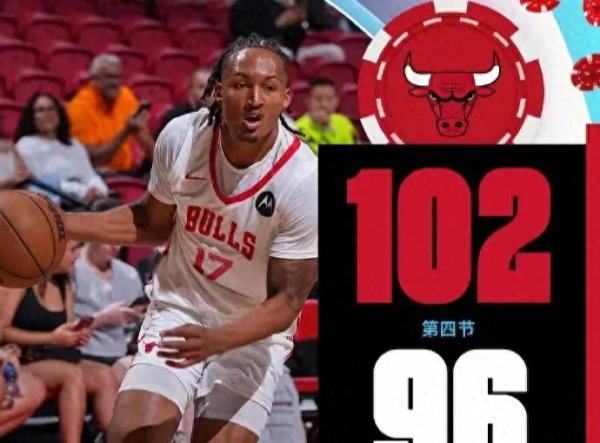
Jamil Yang scored 37 points and was cut by the Bulls: The last two-way contract signed with Yuki Kawamura

KD: I won’t stay in the NBA for salary. If I fall out of the rotation, I might as well go play basketball with my brothers.
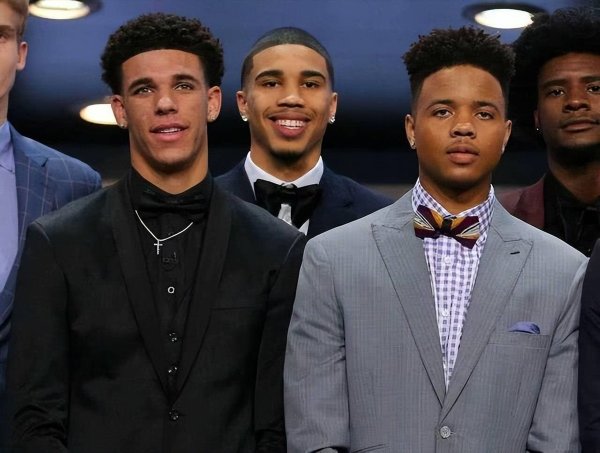
A disappearing genius! From the first day of entering the NBA, he was frantically killed and was completely eliminated at the age of 25!
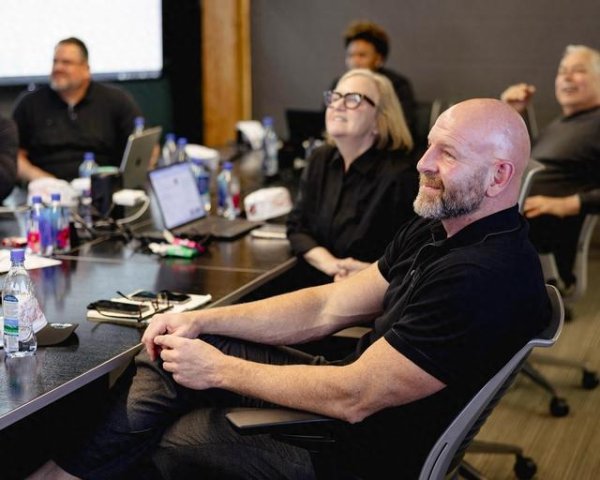
The official commemorative photo of the Trail Blazers: The moment we chose Yang Hansen!

Maybe 15 consecutive wins? The Thunder are unstoppable and their core has conceded 8 consecutive games!
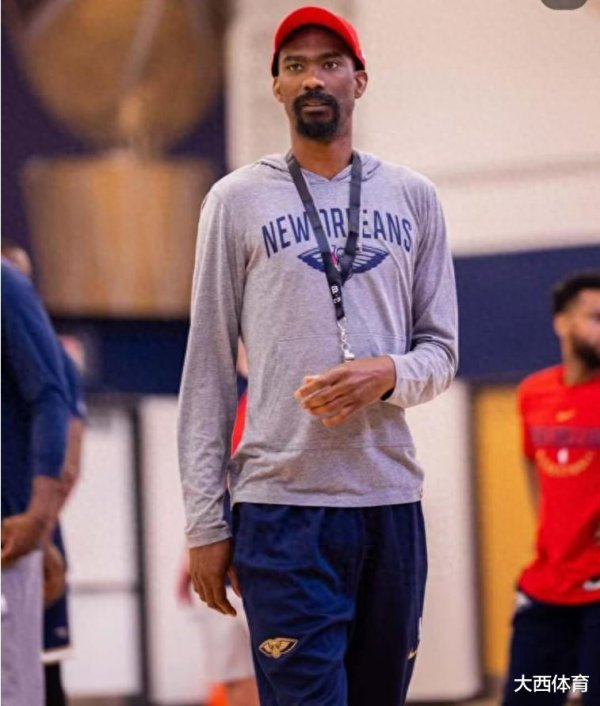
39-year-old Brewer s current situation: Winning the championship + scoring 50 points, still very thin, becoming the Pelicans Summer League coach
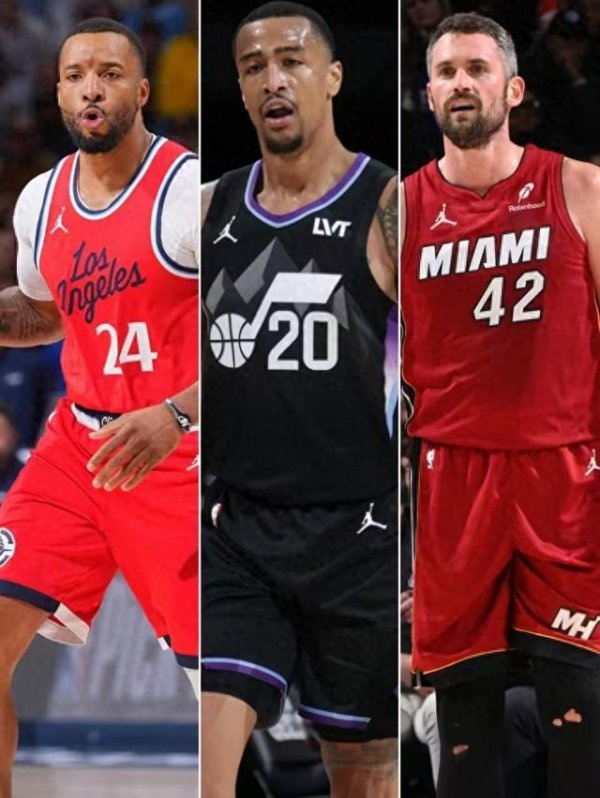
NBA: Tripartite trading Clippers strengthen their shortcomings, Harry reimburses for season, Magic gets 239 million yuan renewal